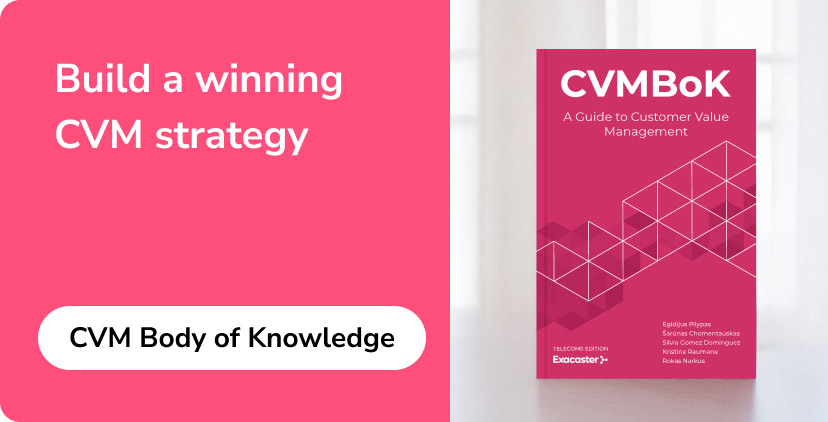Digital inbound channels, such as mobile apps, websites, chatbots, IVRs, and USSD platforms, are critical touchpoints where customers independently engage with the business. These channels serve as a primary interface for exploring services, making purchases, and resolving issues, making their alignment with CVM teams essential.
The digital inbound channels provide real-time insights into customer behavior, preferences, and needs. This data allows CVM teams to refine offers, tailor communication, and optimize customer journeys. However, if these channels fail to integrate with CVM strategies, a significant portion of results becomes unachievable.
For example, when a customer browses a specific service on the mobile app, the channel must capture this intent and present personalized recommendations that align with the CVM team’s objectives. These interactions generate one of the largest customer data streams, which must be properly captured and utilized.
CVM teams collaborate with digital inbound channels to design and implement seamless CXs. This involves:
- Providing personalized offers based on customer profiles and historical data
- Training and educating digital inbound channel teams on CVM programs to ensure proper execution
- Tracking and analyzing the performance of offers and personalization efforts within these channels
- Contributing to the design of system requirements to support the smooth delivery of CVM programs
For example, CVM teams ensure that promotional banners for loyalty rewards are displayed prominently in the mobile app, targeting the right segments at the right time.
CVM teams directly influence the performance of digital inbound channels by:
- Steering customer interactions toward relevant products and services to meet revenue and retention KPIs
- Enhancing the usability of these platforms by integrating well-designed, personalized interfaces
- Preventing overburdening the channel with excessive or irrelevant options, which could lead to a poor user experience
Mistakes such as errors in personalization or overwhelming interfaces with too many choices can cause frustration, reduce engagement, and tarnish the CX. Success, on the other hand, can lead to higher traffic volumes that require capacity planning to manage effectively.
To ensure alignment, CVM and digital inbound channel teams must collaborate on:
- Offer and message integration: Ensuring that platforms can deliver personalized, contextually relevant offers
- Performance tracking: Monitoring customer interactions to refine personalization strategies
- Campaign planning: Synchronizing campaigns with the channel’s capabilities to avoid operational bottlenecks
- Team training: Educating digital teams on CVM initiatives to ensure proper execution
- Feedback loops: Incorporating customer insights from digital interactions to optimize future campaigns
These handshakes ensure that CVM and digital inbound channel teams work together to create a seamless and impactful CX.
Strong collaboration with digital inbound channel teams enables CVM teams to deliver highly personalized, effective campaigns. Poor alignment, however, can lead to missed opportunities, customer dissatisfaction, and diminished engagement. Ensuring consistent communication and shared goals between teams is critical for success.
Previous: Assisted Inbound Channels
Next: Assisted Outbound Channels





